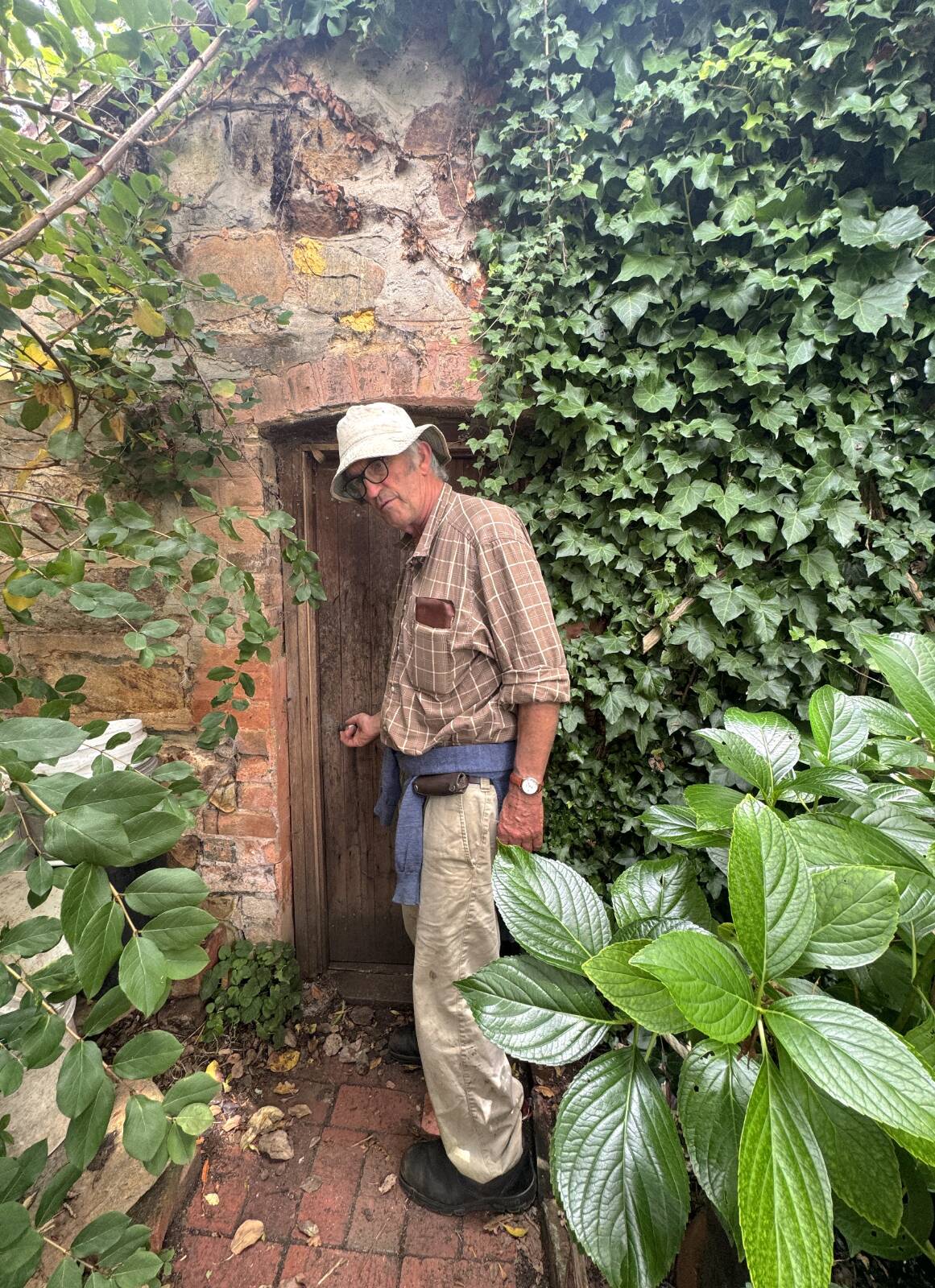When travelling from Queanbeyan to Bungendore, most drivers focus intently on the road ahead. Why wouldn't you? As a single lane, you don't want to risk a head-on.
For those crammed in the backseat of the yowie mobile it's no different. Whether we're off for a long lunch at The Gathering in Gibraltar Street or heading down the coast, their gaze rarely ventures beyond the latest pun splashed across those hilarious Canturf signs (did you know they pay $250 for good ones?) and towards the western escarpment. Why bother, there's nothing worth seeing up there, is there?
We aren't the only ones to readily dismiss this country. When Captain Mark Currie, who along with John Ovens and Joseph Wild, became the first European explorers to traipse through the Bungendore area in 1823, he unflatteringly described these hills to the south-west of Bungendore as "stony ranges" and "inferior country". Ouch.

A year or so later when celebrated botanist Allan Cunningham wandered through the same landscape, now home to Millpost, he was equally as underwhelmed, referring to it as "uninteresting timbered country" with "indifferent soil and without water".
If only these opinionated colonialists could see Millpost now. The 1100-hectare property located just 8 kilometres south-west of Bungendore has evolved into one of Australia's few broadscale permaculture farms producing regeneratively grown superfine merino yarn. It also boasts several little-known historical treasures.

One man more than familiar than most with its rural riches is David Watson - his family has just marked a centenary of custodianship at Millpost.
And what's more, next month, David is throwing the gates of the little-known property wide open for a one-off tell-all exclusive tour. Recently, David generously offered me a sneak peek of what's in store for those lucky enough to snare a ticket.
Ancient quarry
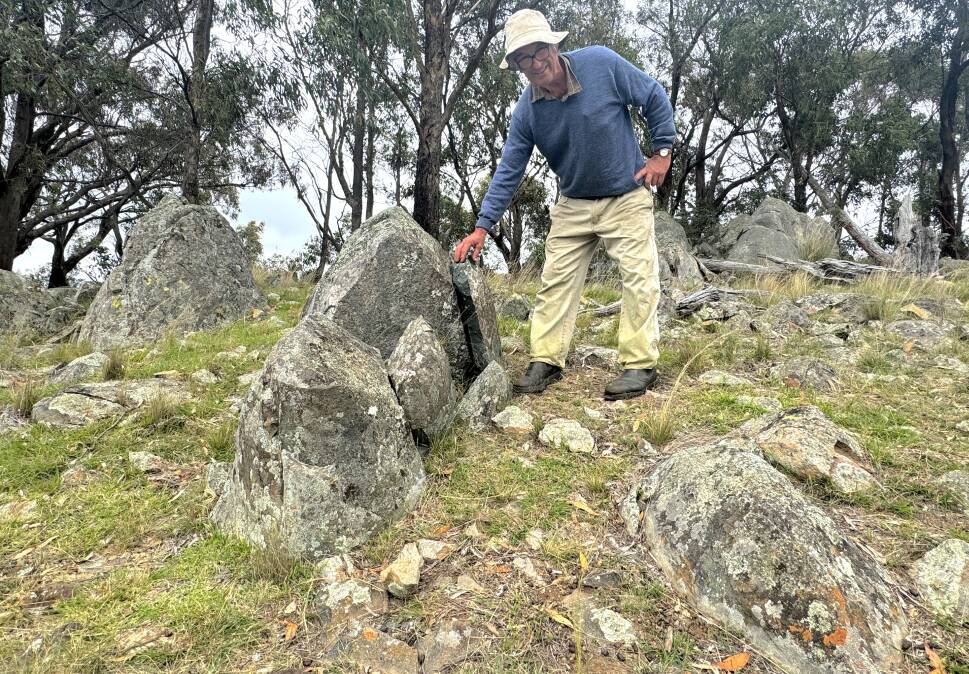
"It's always had a special vibe up here," David explains as he leads me up through a healthy yellow box forest and fine patch of Kangaroo Grass to the summit of a modest hill topped with a rocky outcrop.
Whoa! What a view.
"That's Governors Hill rising high above the eastern shore of Lake George," David points out as I catch my breath. To the south-east are the wilds of South Black Range out Tallaganda way and further afield the majestic Brindabellas holding up the western horizon.
As impressive as it is, the 360-degree vista isn't the main reason David has brought me up this hill.
"We're standing in an ancient stone quarry," he reveals in a hushed tone, a sense of reverence obvious in his voice.

"Given its prominent position I often wondered if it was of significance, so in 2015 I invited renowned Indigenous archaeologist Dave Johnston up here for a picnic," David reveals, "and before long he was very excited and jumping around."
Johnston was quick to laud it "as the most archaeologically significant site that has been discovered in our region for 30 years".
Within three years, the axe quarry was gazetted as an Aboriginal Place, recognised as an important source of dolerite, a key stone material highly sought after for making stone axe heads.
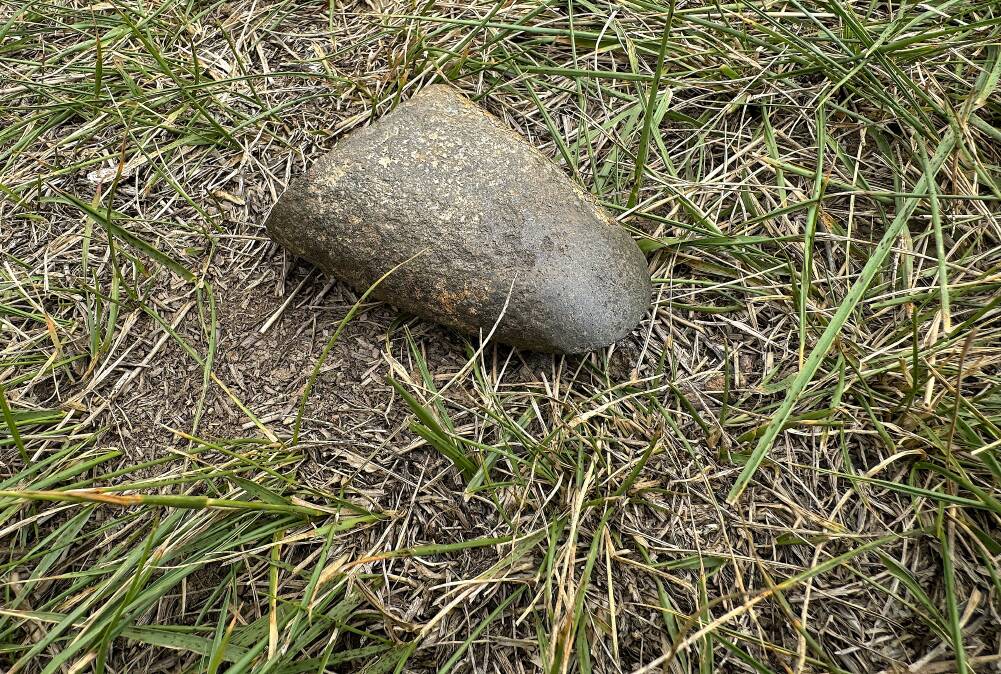
"I've been told by traditional elders that those heads or blades would have been highly prized, a trading commodity by the Ngambri and Ngunnawal peoples with neighbouring Aboriginal nations of south-eastern Australia, including the Ngarigo people based in the mountains to the south," David further explains.
"Not many private properties have a gazetted Aboriginal Place," he proudly states. Indeed, how special.
Curious kiln

"You won't have seen anything like this either," David claims as we leave the quarry in his farm ute and bump along a corrugated dirt track, near where Millpost abuts the ACT border.
And he's right, in a hidden valley and partially wedged into the side of a small hillock is an imposing brick wall - the remains of a nineteenth century limestone kiln.

"It's a D-type kiln constructed of bricks in a hexagonal shape with draw holes at the front," David explains, leaning up against one of the timber vertical supports.
According to David, "the kiln operated intermittently from the 1880s to around 1920 and the limestone powder would have been used as mortar for brick and stone constructions in the district."

In fact, just a stone's throw away you can eyeball some of the mortar packed in between bricks on a lone stone chimney, the remains of a building thought to have belonged to the limeburner.

"If you look closely, you can see bits of the charcoal amongst the mortar," David explains, pointing out the surrounding countryside, not only pockmarked with holes where limestone was extracted, but also devoid of any timber "no doubt felled to fuel the kiln".
Homestead Mystery

Regular readers of this column know I'm not impartial to a mystery, especially if it involves an object discovered squirreled away in a roof cavity or under the footings of an old building.
Ten years ago, while replacing the homestead's roof, David discovered some unusual words scrawled onto its chimney.
"The words, accompanied by a sketch which some believe could represent the 'devil' read 'This is a bad old house' which is quite strange as when they would have been written there, the homestead would have been new," David explains. Intriguing.
One thing is for sure the strange scrawl hasn't stopped him living in the circa 1870s home for the past 40 years. In fact, David admits living in the homestead, which was derelict for the first 20 years after his grandfather bought it in 1923, "is a childhood dream come true".
All you need to know for the rare open day

If you go: Hosted by the National Trust of Australia (ACT), don't miss this rare opportunity to explore the historic Millpost property near Bungendore as part of Canberra & Region Heritage Festival. Sunday April 14, 9.30am-2.30pm. Adults $50, 12-18-year-olds $25, and free for under 12s. Morning tea and lunch included. Bookings essential via: trybooking.com/COUFZ
Warning: This farm tour is self-drive and involves driving on farm tracks and walking through paddocks and is not suitable for people with limited mobility. The tour is contingent on the weather and there are limited toilet facilities.
Book launch: During the tour, Queanbeyan-based historian Brendan O'Keefe will launch David Watson's latest book Millpost: back through time. It's David's second tome about his cherished home, the first, Millpost: a broadscale permaculture farm since 1979, was published in 2018. In the foreword, David McDonald of the Canberra Region Heritage Researchers asserts "it realises the aphorism, attributed to American historian Thomas J Noel, that 'History is not something that happened long ago and far way. History happens to all of us all the time. Local history brings history home...". I can only agree.

Look out for: Trees on the walk to the stone axe quarry with scars facing the site. According to Indigenous archaeologist Dave Johnston, these scars may have been "signposts" warning outsiders away. They may have even been guards.
It's all in a name: Millpost is likely named after the creek that runs through it and which was named in the 1830s, possibly by an explorer or early settler to remind them of their home in the United Kingdom. According to David Watson "the Oxford Dictionary defines 'mill-post' as a post on which a windmill was often supported. In literature it was used to describe something thick and massive, jocularly a massive leg".
WHERE IN CANBERRA
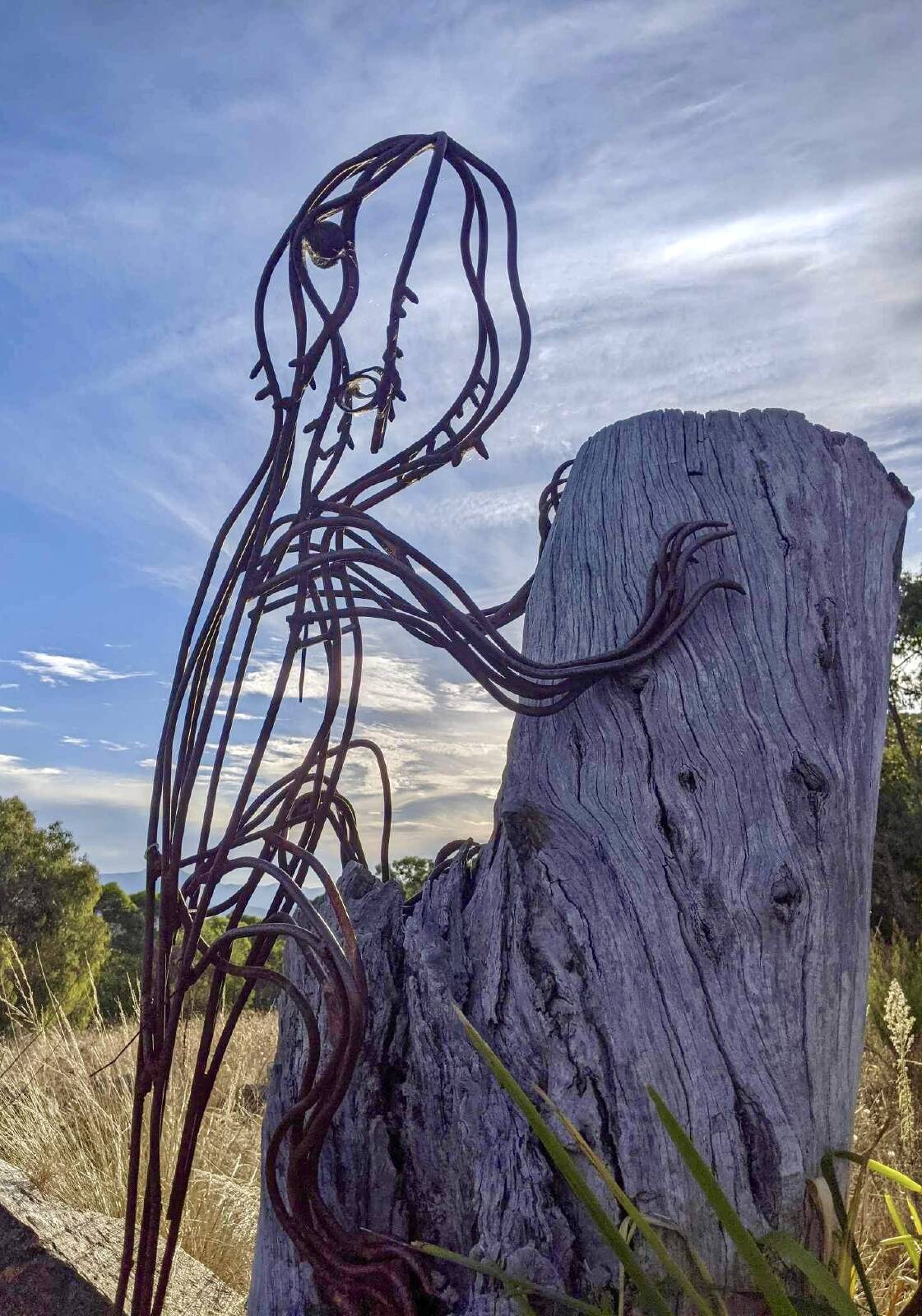
Rating: Easy-medium
Clue: Canberra's best-known bushranger was captured nearby

How to enter: Email your guess along with your name and address to tym@iinet.net.au The first correct email sent after 10am, Saturday 16 March wins a double pass to Dendy, the Home of Quality Cinema.
Last week: Congratulations to Neil Clarke, of Gordon, who was the first reader to correctly identify last week's photo as a swimming hole in the disused quarry at the bottom of Smith's Gap on Bungendore Road. Neil just beat Peter O'Neill, of Bawley Point, and Andy Hogan, of Bonython, to the prize. If the number of accounts of readers swimming, fishing and diving (really!) at the old quarry, now part of a Travelling Stock Reserve, is any indication of its popularity, it may well be worthy of a future column. Watch this space.
More Millpost Musings
Fencing fanatic
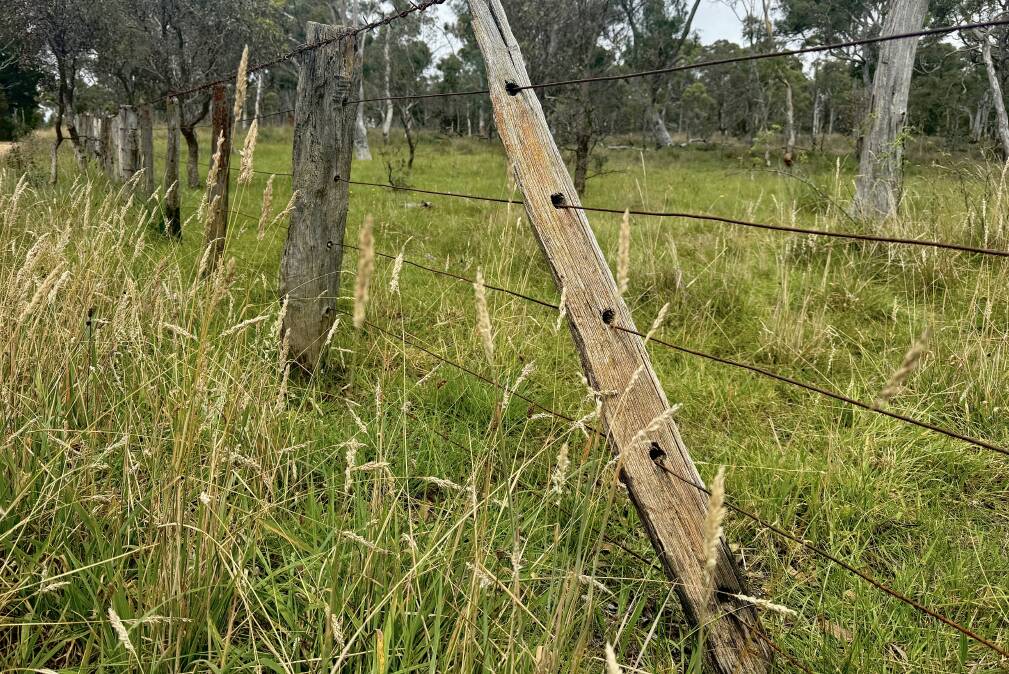
Many of the post-1950s fences on Millpost are the work of Ted Cummins, an army veteran who methodically cut yellow and red box trees, spitting them for posts and droppers. According to David Watson, "Ted would accumulate hundreds of pounds in wages and after six months or so go to Queanbeyan for a bender and sleep it off under the bridge. Dad said Ted was a wonderful fencer when sober". Heck.
Road relic
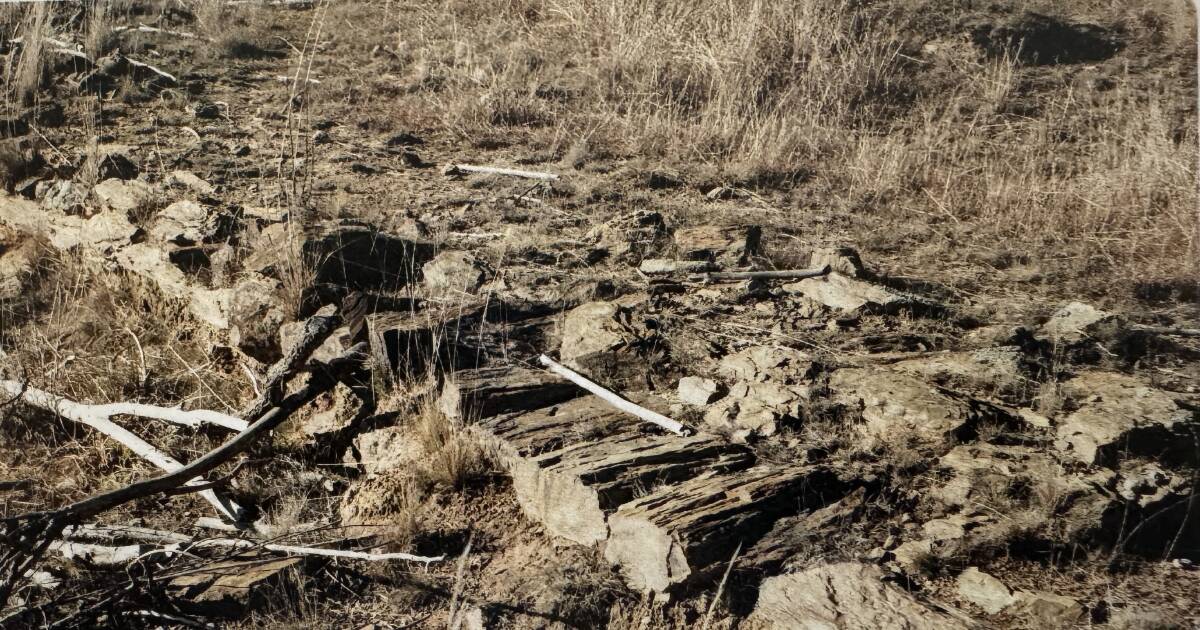
Prior to the 1860s the old track connecting Bungendore and Queanbeyan ran right through Millpost, likely based on an ancient Aboriginal footpad. You can still see stone "pavers" laid along one of the steeper sections of this early "road", which David Watson believes was "presumably to help the wheels of a dray or coach gain traction".
